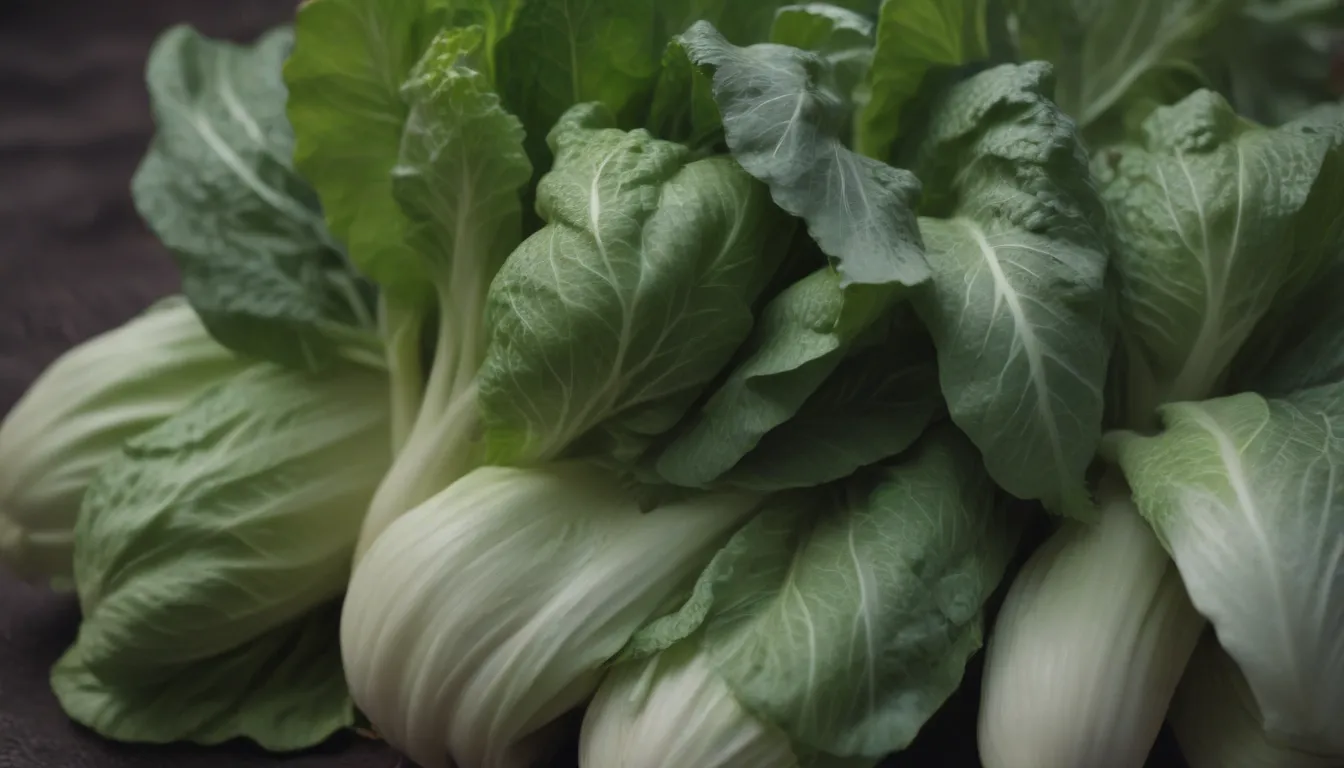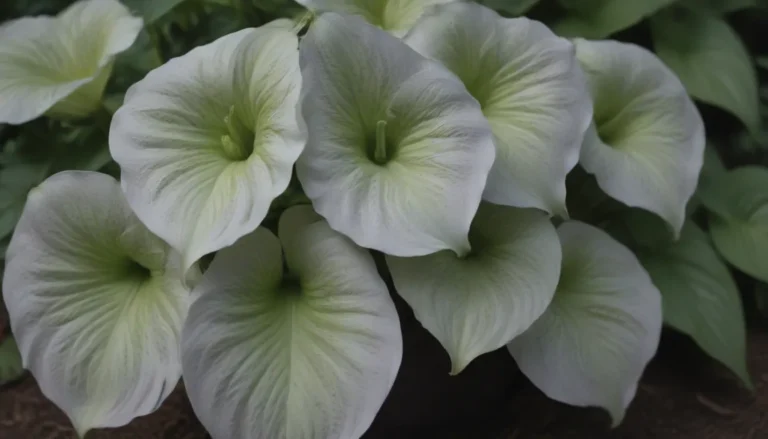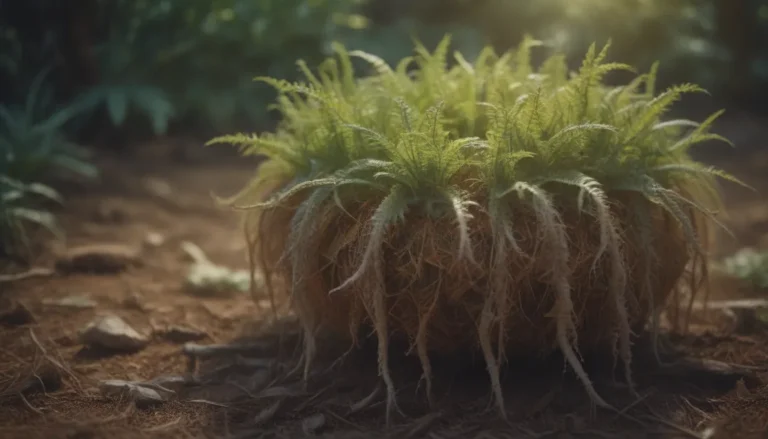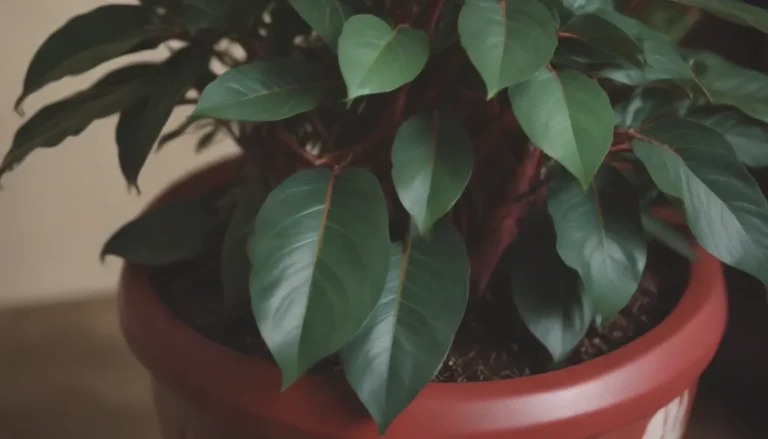A Comprehensive Guide on Growing Bok Choy

Are you looking to add some delicious, nutritious bok choy to your garden but not sure where to start? Look no further! This comprehensive guide will walk you through everything you need to know about growing bok choy successfully.
Bok choy, also known as Chinese cabbage, is a delightful cool-season biennial vegetable that offers a unique flavor profile somewhere between cabbage and chard. Its crisp stalks and tender leaves make it a versatile and healthy addition to any meal. Whether you are a seasoned gardener or a novice, growing bok choy is a rewarding experience that can yield a bountiful harvest with the right care and attention.
Getting Started with Planting Bok Choy
When to Plant
Bok choy is a fast-growing vegetable that can be planted from seeds or nursery seedlings. For optimal results, plant bok choy in early spring for a spring-to-early-summer harvest or in late summer for a mid-to-late fall harvest. You can succession plant every couple of weeks to extend your harvest period and enjoy a continuous supply of fresh bok choy.
Selecting a Planting Site
Choose a planting site with well-draining, rich soil that receives full sun for most of the day. Bok choy thrives in these conditions, although it can tolerate partial shade, especially during the hot summer months. If space is limited, bok choy can also be grown in containers with proper drainage.
Spacing, Depth, and Support
When planting bok choy seeds, sow them 1/2 inch apart and 1/4 inch deep. If using seedlings, space them 6 to 12 inches apart for adequate growth. For multiple rows, leave 18 to 30 inches between rows. Bok choy does not require a support system for optimal growth.
Caring for Bok Choy
Light
Bok choy thrives in full sun but can tolerate partial shade, especially in the summer. Provide your bok choy plants with at least six hours of direct sunlight daily for optimal growth.
Soil
Ensure that your bok choy plants are grown in well-draining soil enriched with organic matter. Aim for a soil pH between 6.5 to 7.0 to promote healthy plant growth and development.
Water
Maintain consistent soil moisture for your bok choy plants, aiming for 1 inch of water per week. Avoid letting the soil become too dry, as drought can cause the plants to bolt and prematurely produce flower stalks.
Temperature and Humidity
Bok choy thrives in cooler weather and may bolt prematurely in dry and hot conditions. Be mindful of temperature fluctuations and provide adequate shelter if needed to prevent bolting.
Fertilizer
Add compost and organic fertilizer to the soil when planting bok choy to provide essential nutrients for healthy growth. Avoid using chemical fertilizers during the growing season to prevent damage to the plants.
Types of Bok Choy
While there are numerous varieties of bok choy available, some popular options include:
- ‘Black Summer’
- ‘Ching-Chiang’
- ‘Joi Choi’
- ‘Mei Qing Choi’
- ‘Win-Win’
Explore these varieties to discover unique flavors and characteristics that suit your preferences.
Harvesting and Propagating Bok Choy
Harvest your bok choy plants in 45 to 60 days after germination by picking the leaves from the outer part of the plant. Trim the plants about 1 inch above the ground to encourage re-sprouting for a continuous harvest. Propagating bok choy scraps in water is a simple and rewarding way to grow new plants from leftover cuttings.
Growing Bok Choy in Pots
If space is limited, consider growing bok choy in pots. Choose large containers with ample drainage holes and fill them with a well-draining potting mix. Ensure your potted bok choy plants receive at least six hours of sunlight daily and maintain consistent soil moisture for optimal growth.
Common Pests and Diseases
While bok choy is generally resistant to common brassica diseases, it is susceptible to pests like cabbage loopers, cabbage worms, flea beetles, slugs, whiteflies, and aphids. Use row covers or garden fabric to protect your plants from these pests and minimize damage to your bok choy crop.
In conclusion, growing bok choy can be a rewarding experience with the right care and attention. By following these guidelines and tips, you can enjoy a bountiful harvest of fresh, flavorful bok choy in your own garden. Experiment with different varieties, planting methods, and care techniques to find what works best for your unique gardening environment.
So, what are you waiting for? Start growing your bok choy today and enjoy the delicious rewards of your efforts!





